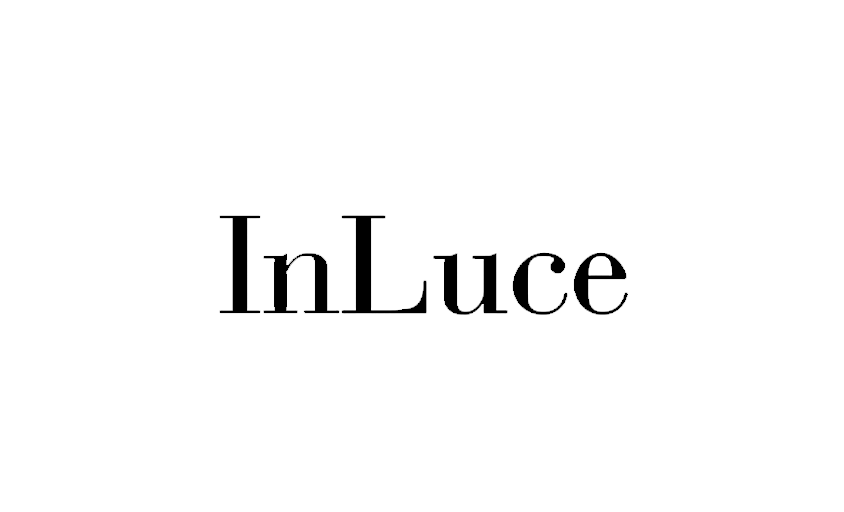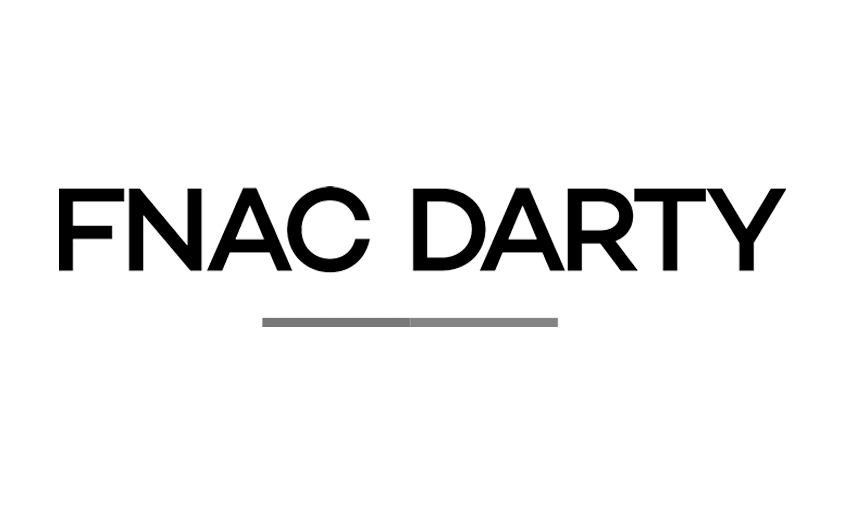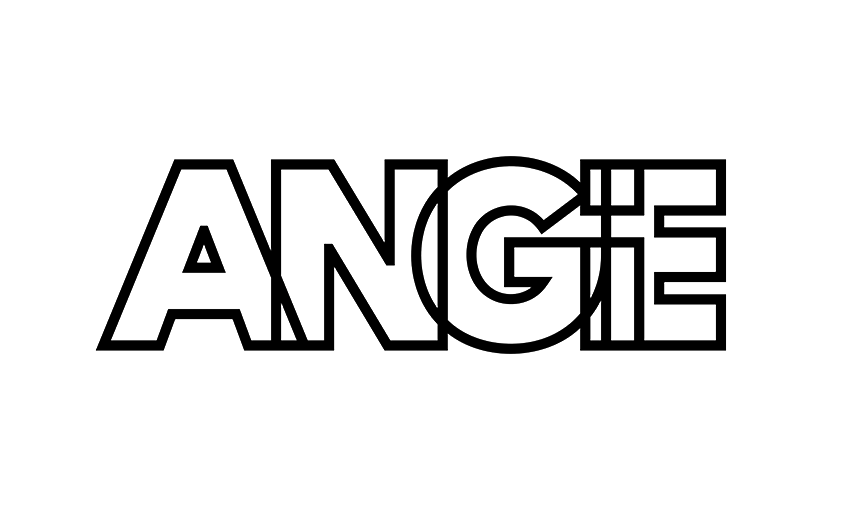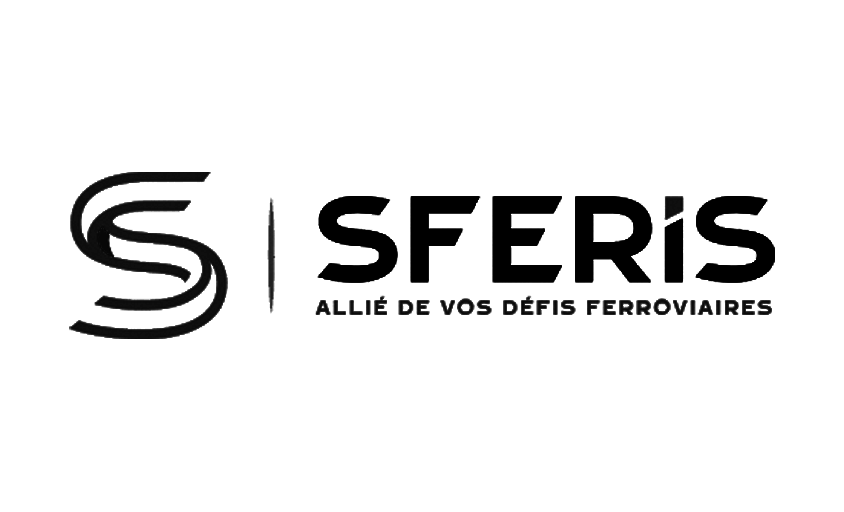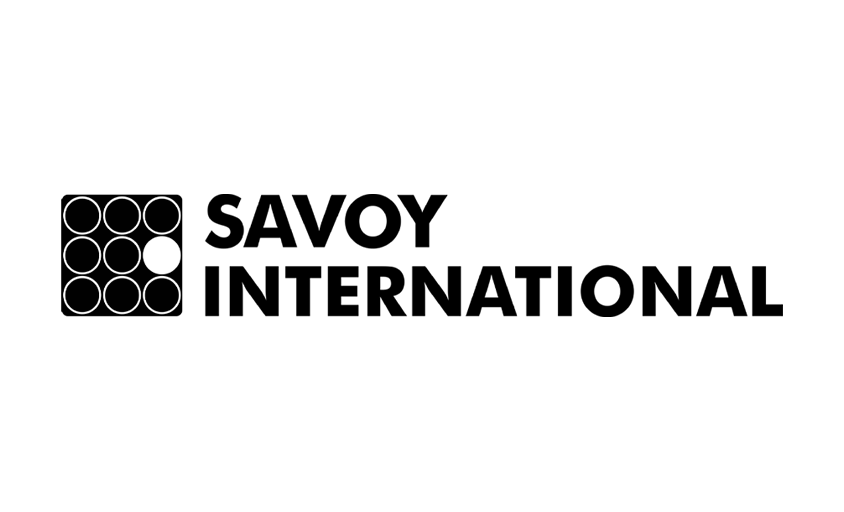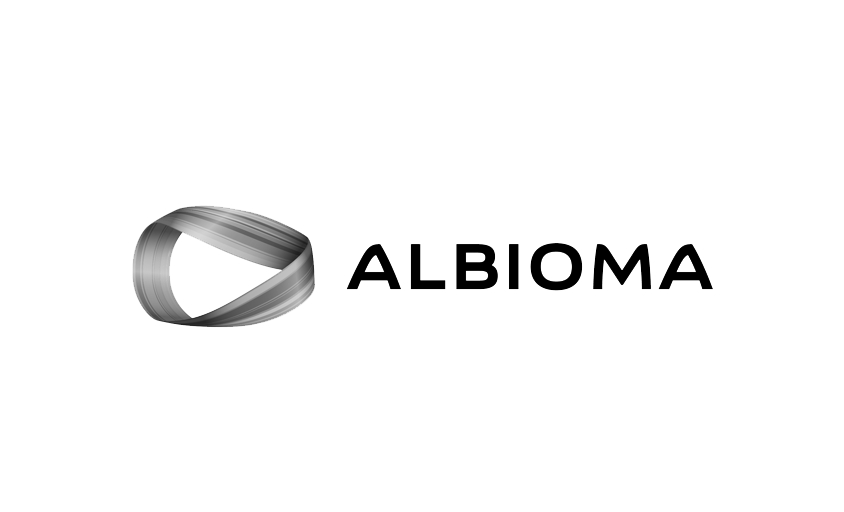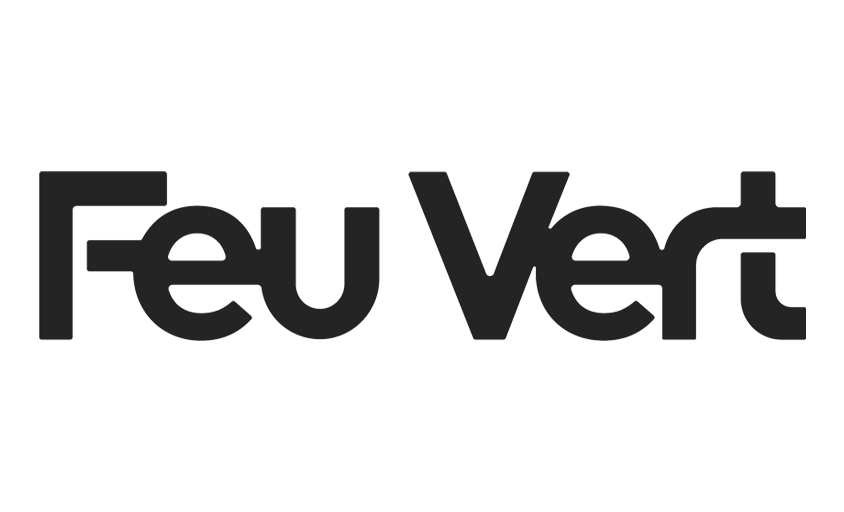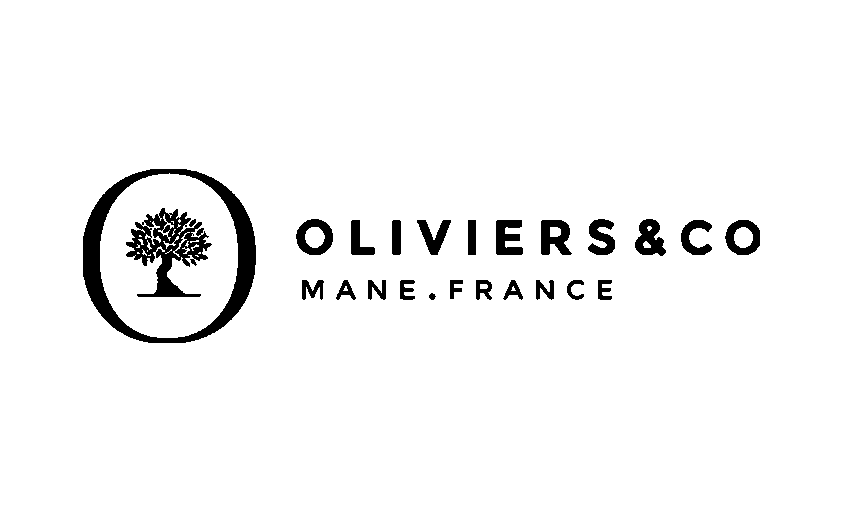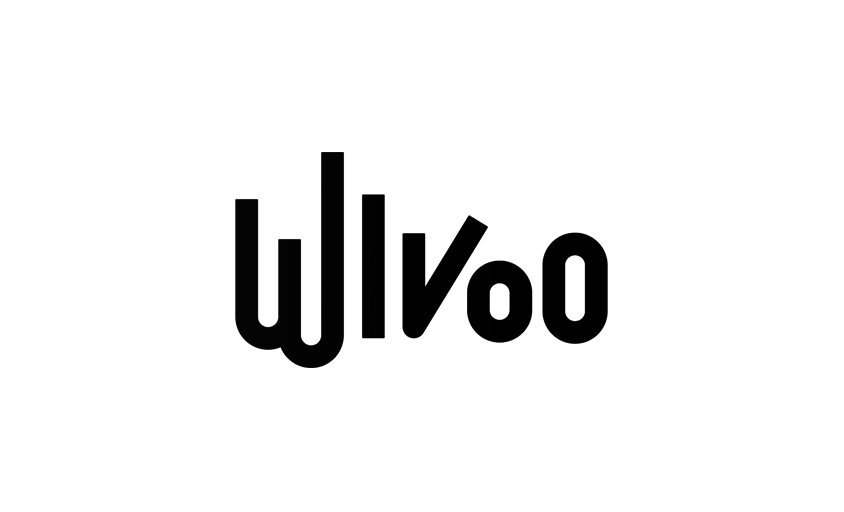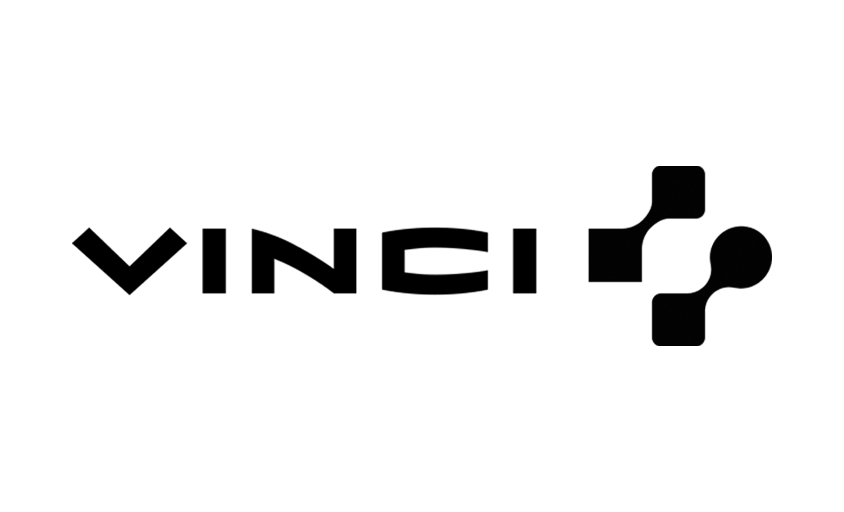2025 Trends in Product Photography
In this article :
In 2025, product photography is no longer just about seduction. It must convince, embody, and differentiate, all within a few milliseconds. With visual overload on social media, shifting consumer expectations, and the rise of new platforms, brands are being forced to rethink their image strategy. The result? Product photography has become a strategic lever in brand positioning.
This year, several deep trends are reshaping the landscape: a return to raw emotion, a demand for coherent storytelling, hyper-adaptation to channels, and the growing influence of product art direction. Imagery is becoming more sensory, more purposeful, and more tactical. It tells less about a product and more about its use, less about a feature, and more about a promise.
Storytelling is no longer optional, it’s the framework
The days of simply showing a bottle against a white background are fading. In 2025, visual storytelling is integrated from the very first product brief. The goal is no longer just to “showcase” an item, but to contextualize its use, convey a mood, and embody a need.
A lipstick is no longer shown as a standalone packshot, but within the intimacy of a lit mirror. A watch no longer lies flat on a fabric backdrop, but wraps around a wrist in a café, at the moment a key decision is made. This shift demands a new level of precision: lighting, props, colors, textures, gestures, everything must carry meaning.
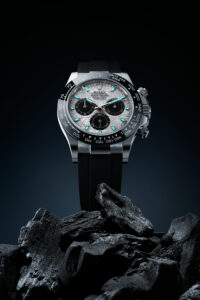
This type of imagery also requires a closer collaboration between brands and photographers. At Rétines, the visual conception phase (moodboard, art direction, testing) often takes as much time as the shoot itself, because each image is designed to support storytelling across multiple formats and over several weeks.
Shorter, more dynamic, and more segmented formats
The era of the “single beautiful image” is over. In 2025, product photography unfolds in series: a single shoot must generate content for Instagram carousels, e-commerce listings, display ads, and print materials. That’s why shoots are now planned with a multi-format breakdown from the outset.
What does a product shoot look like in 2025?
Here are a few deliverables that have become standard in a typical brief:
- Close-up of a detail (texture, material, engraving, applicator)

- Usage shot (contextual scene, user gesture, movement)

- Clean packshot image for white background or cut-out use
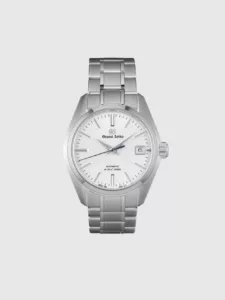
- Storytelling visual for social media
- Teaser image in vertical 9:16 format for stories or reels
This fragmentation of the shoot requires thorough planning upstream. It’s also what sets apart a simple photo session from a well-executed art-directed shoot.
Artificial Intelligence
Visual AI is making a strong entrance into creative workflows. But contrary to some fears, it doesn’t replace product photography, it enhances it. In 2025, the most demanding brands aren’t trying to generate images, but to enrich them or create smart variations.
Some now-common uses include:
- Generating consistent backgrounds for a product image series
- Adapting the same visual to different seasons or cultural settings
- Simulating color or texture variations (useful for A/B testing)
- Preparing mock-ups to preview a set design
The captured image remains the foundation, AI is used to extend reality, never replace it. It acts as a creative prosthetic, not a shortcut.
Minimalism, Textures, Chic Brutalism
Visual style is evolving quickly, but certain trends are already standing out in early 2025. We’re seeing a return to assertive minimalism, but with more character. Light is harsher, shadows are sometimes left visible, and textures are emphasized.
Materials take center stage: jewelry is photographed on raw stone, cosmetics rest on a block of glass, textiles are subtly wrinkled to suggest tactility. Graphic brutalism, inspired by design, is influencing photography too: asymmetrical compositions, matte backgrounds, neutral palettes highlighted by a single pop of color.
Finally, reconstituted natural light is becoming the norm, not entirely natural, not entirely studio. It aims to recreate a realistic yet controlled mood, warm yet precise.
Visual Eco-Responsibility
Over the past few years, the concept of eco-design has extended far beyond the products themselves. In 2025, it also applies to imagery. Choosing a reusable set, low-energy lighting, or a shared shoot is no longer anecdotal, it’s a strong positioning statement.
An aesthetic shift is underway. Raw textures, natural materials, and unfiltered staging are overtaking overly polished or heavily retouched environments. It’s also a way to tell a different story: that of a product that’s honest, durable, and has nothing to hide.
Form and content are aligning. Ethics are becoming a driver of creativity. And brands that embrace this path are winning over audiences increasingly attuned to visual authenticity.
Ultra-Targeted Content
The era of the “one-size-fits-all” visual is over. In 2025, every platform deserves its own tailored image. Not just a simple format adaptation, but photographic content crafted for its context and audience.
Take, for example, a skincare cream:
- On Instagram, it’s shown in a bright bathroom, with a natural gesture, embodied by a real person.
- On Amazon, texture takes priority, with even lighting and a neutral background.
- In a newsletter, the focus might shift to the packaging in a close-up, with a more sensorial tone.
This is the core of product photography today: translating the same object into multiple, complementary visuals. It’s a job that demands creative, strategic, and hyper-targeted adaptation.
The Merging of Art Direction and Photography
For a long time, art direction and photography were two distinct steps, concept on one side, execution on the other. But this linear model no longer works given the complexity of today’s visual expectations.
Now, upstream collaboration is key to achieving consistency. The photographer is no longer just a technician, they’re also an advisor, interpreter, and stage director. They think as much about lighting as they do about storytelling.
This blending of roles is essential to avoid gaps between brand promise and visual output. It’s also a source of agility: when working together from the brief stage, the art director, photographer, and product stylist can align and adjust the creative vision based on the shoot’s real constraints.
At Rétines, this is precisely the working model we champion: photography conceived as a brand language, not just a technical service.
Short and Hybrid Formats
The line between product photography and video continues to blur. In 2025, reels, animated stories, motion loop GIFs, and cinemagraphs (subtle movements on a still background) are becoming key formats.
But it’s not just about technical formats, it’s about a new kind of visual storytelling.
- A lipstick slowly spinning in a halo of light.
- A watch hand gently starting to move.
- A piece of jewelry catching a sunbeam in a semi-static shot.
These micro-movements bring products to life. And images created for these formats aren’t just designed to look good — they’re crafted to grab attention in ultra-fast content streams, where the first few seconds are crucial. Photographers must anticipate movement from the shooting stage. That might mean using a wider set, adaptable lighting, or capturing sequences in burst mode to produce multiple versions: still, animated, social, interactive.
This hybrid approach, halfway between a photo shoot and a video shoot, is becoming a major asset for brands aiming to feed all their channels without starting visuals from scratch each time.
Conclusion
Product photography in 2025 is no longer a static exercise. It’s a full-fledged language (hybrid, narrative, rhythmic) deeply embedded in brand content strategies. In an image-saturated world, it must grab, tell, convince, and above all: stick in the memory.
At Rétines, we support brands ready to take their visuals to the next level. From creative direction to technical production, every detail counts when it comes to bringing your products to life in a new way. Trends evolve, our standard stays the same: visuals that make an impact, that perform, and that tell more than they show.
Want to give your product visuals new life? Let’s talk.
Jérémy Carlo is the editorial director at Rétines, where he ensures the consistency and clarity of all content produced by the studio.
Our Clients
Let’s discuss
What we do for you at Rétines
Meticulous work, an organised project and fast delivery. And to achieve this, we mobilise the right resources in our teams at the right time.
01
Pre-production
Artistic and technical direction tailored to the project.
Relevant recommendations on content, form and resources.
02
Photo Shooting
Photos taken by our experienced photographers.
Production that’s controlled, efficient and tailored to the needs of the project, with nothing superfluous.
03
Retouching
Technique
Photographs magnified by our retouching team.
Post-production to meet the commercial challenges of the brief.

